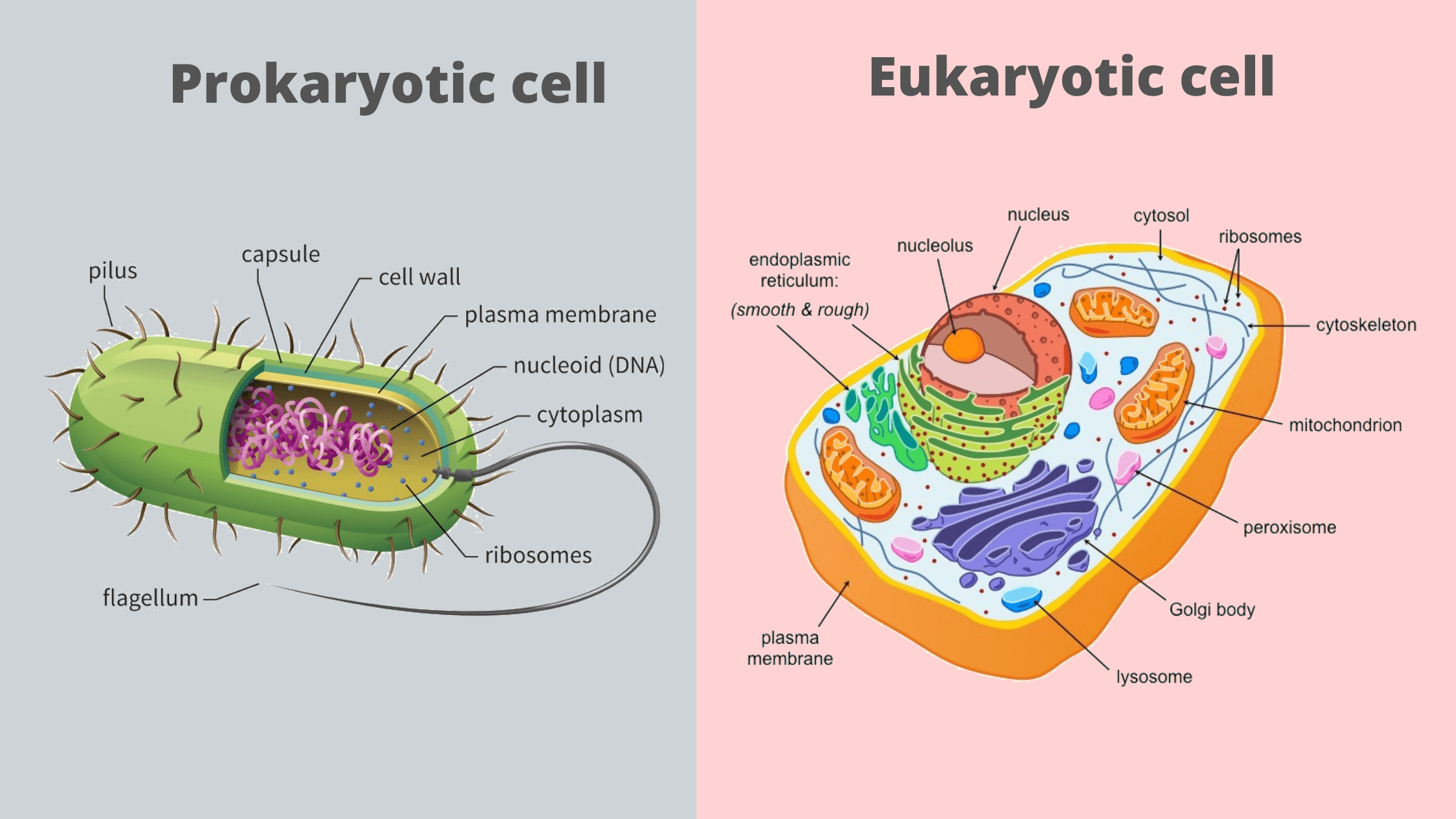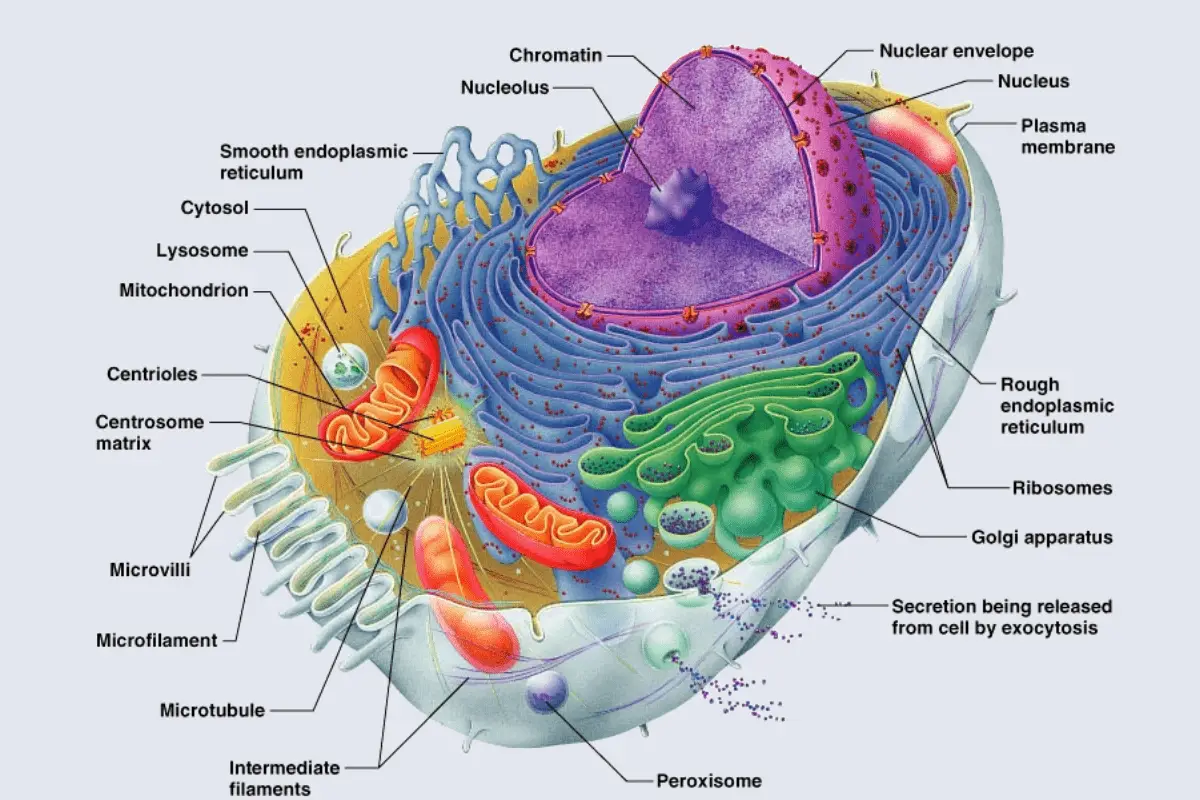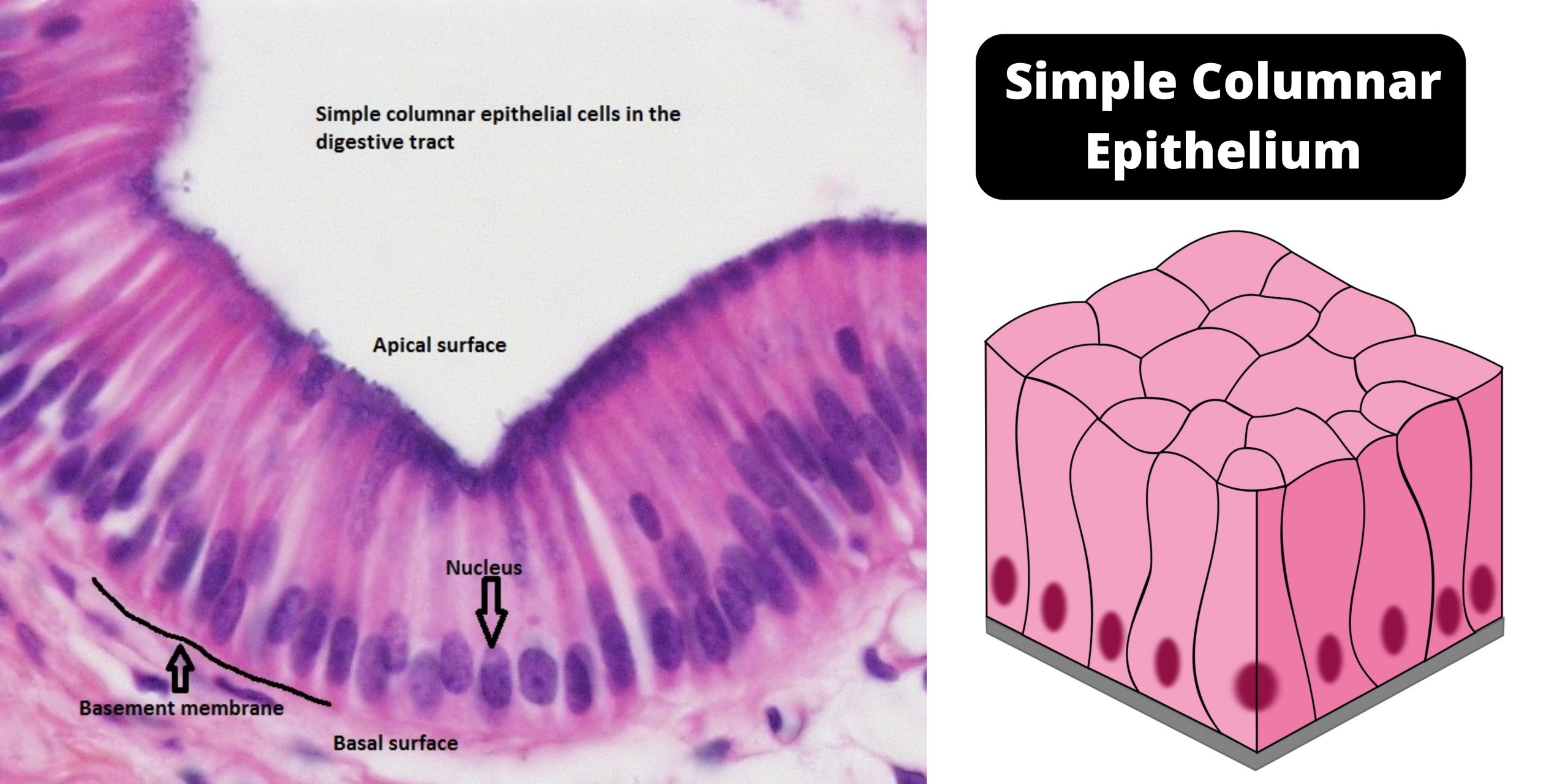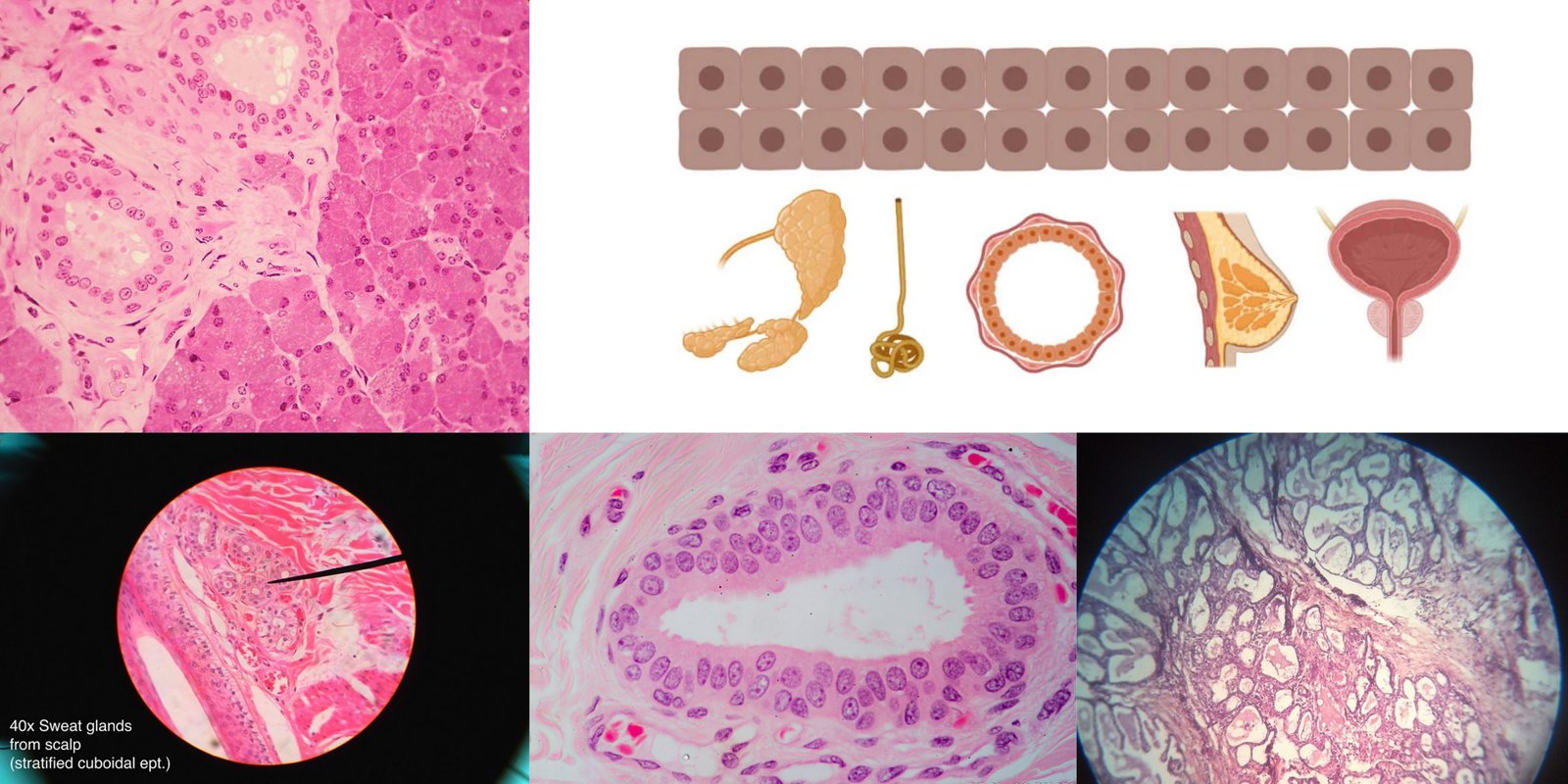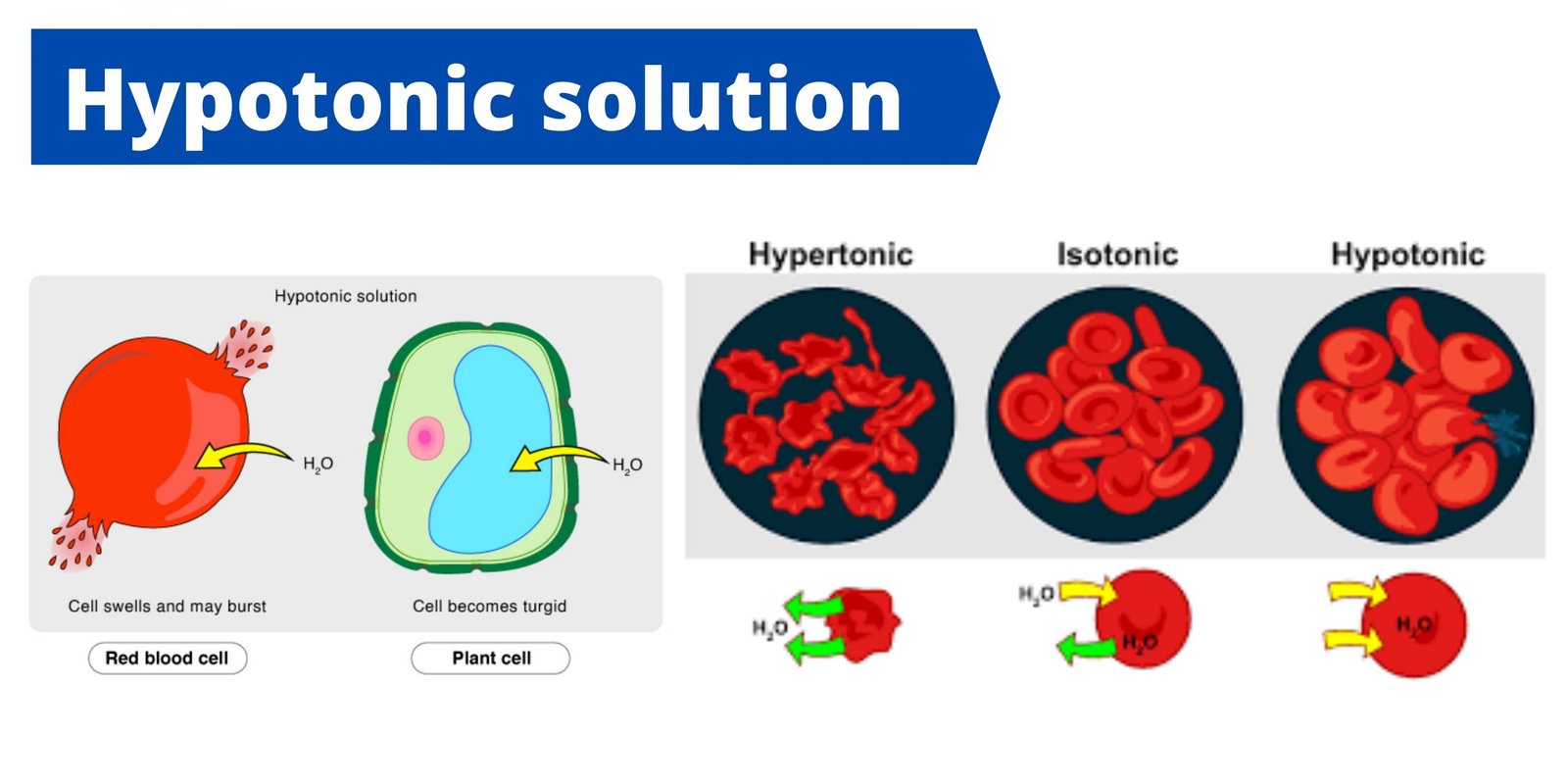Prokaryotic Cell and Eukaryotic Cell
In the previous article we learned about cell structure and functions. Now in this article we will learn about Prokaryotic and eukaryotic cells. Introduction Hey, if I told you, that you are surrounded by 100 trillion bacterial cells, would you believe? Yes, If you look closer than you will find trillions of bacterial cells on … Read more
